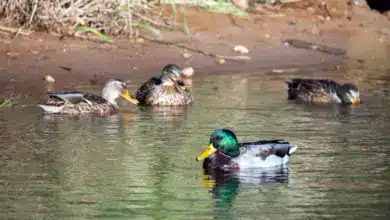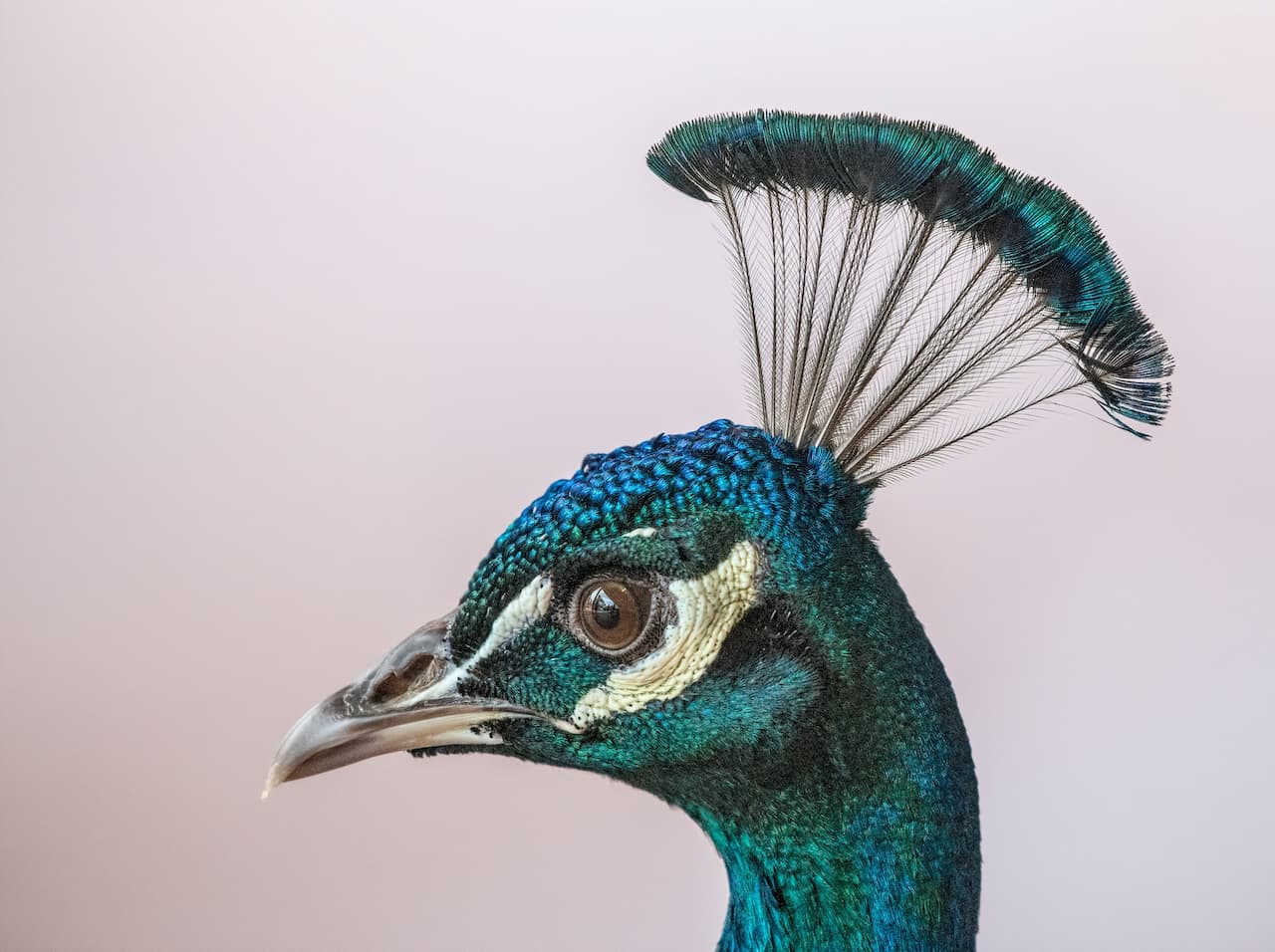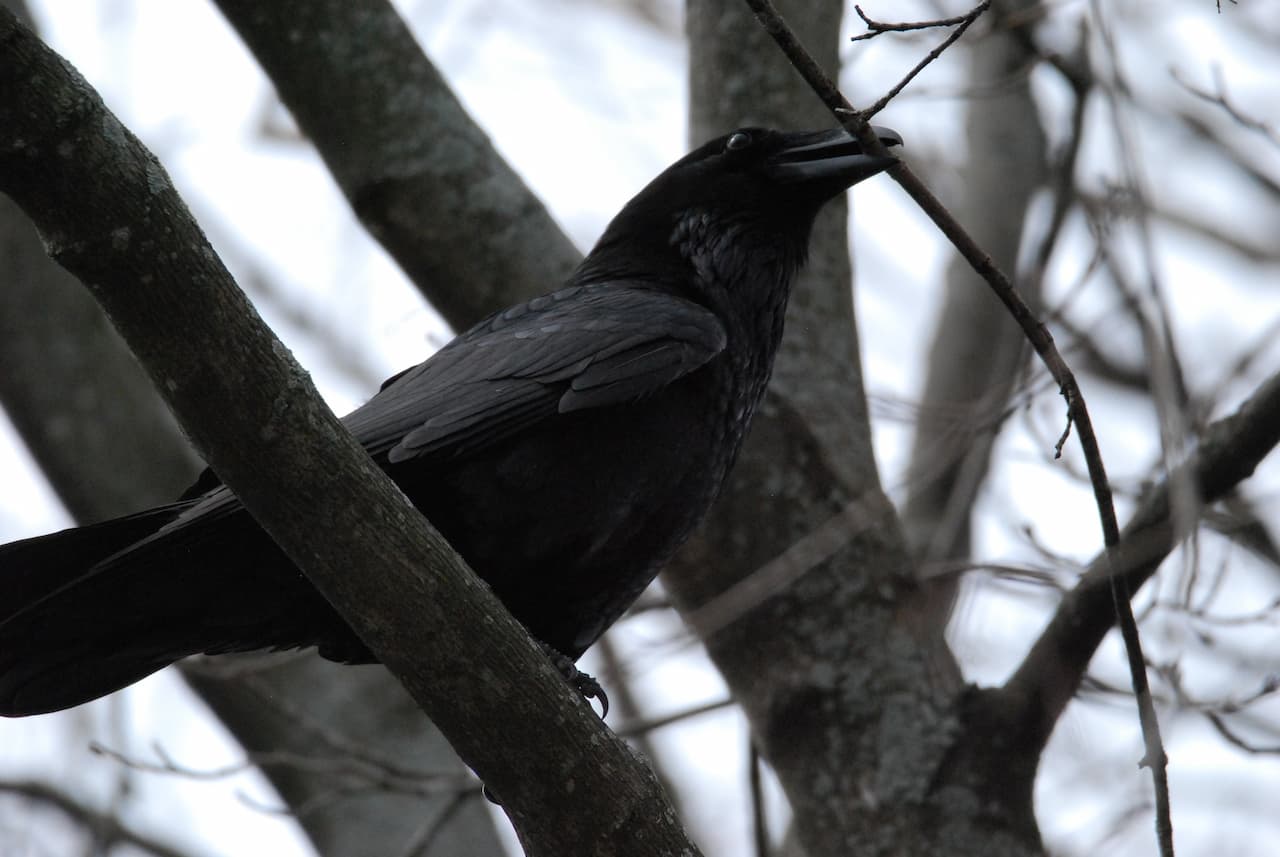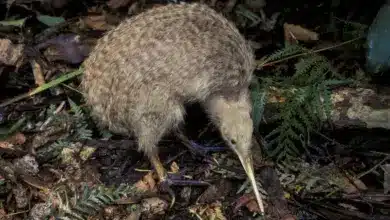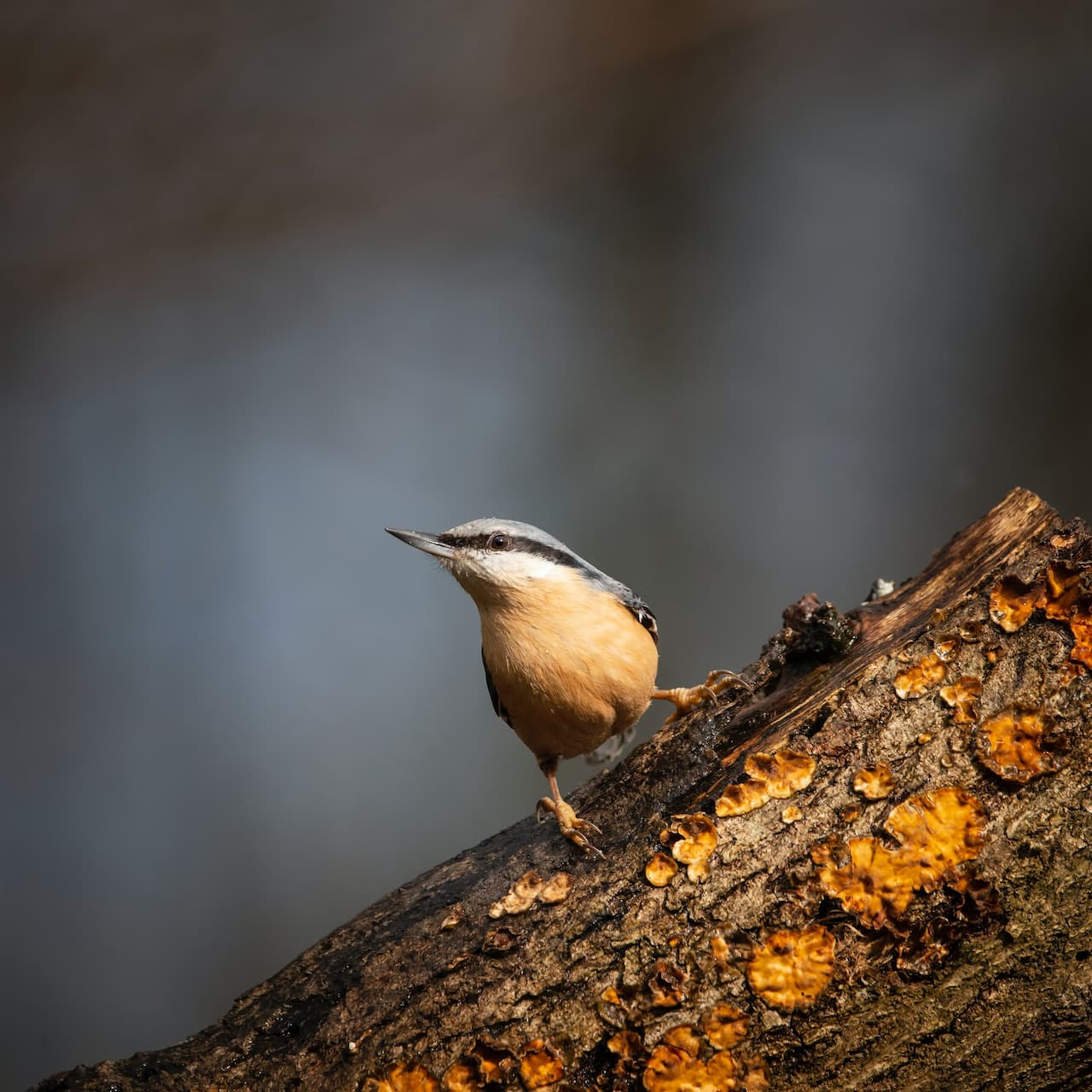The Green-winged Teal (Anas carolinensis) are strongly migratory ducks found in the northern areas of North America (except the Aleutian Islands). This species is widespread within its natural range.
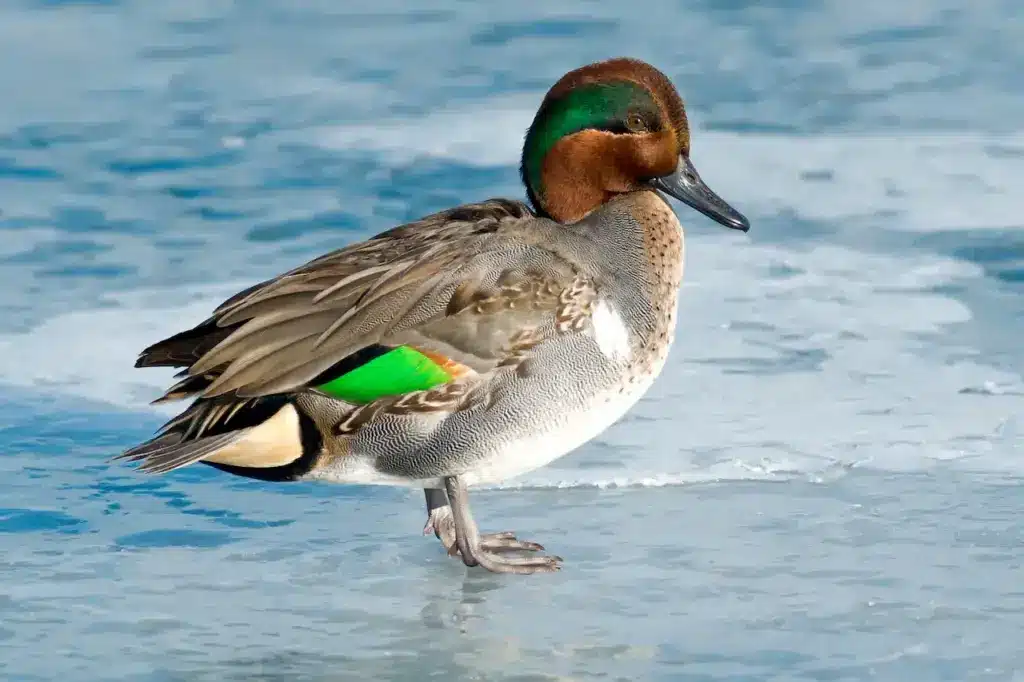
The Green-winged Teal is the smallest of all North American dabbling ducks.
The breeding male has grey flanks and back, a yellow rear end and a white-edged green speculum (= distinctive wing patch) that is mostly visible in flight or when at rest. He has a chestnut head with green eye patches.
The non-breeding males look like females (eclipse plumage).
The females have a light brown plumage.
Similar Species
The breeding male resembles the male Common Teal, but can be identified by the vertical white stripe on the side of his chest, the lack of both a horizontal white scapular (wing) stripe and the lack of thin buff lines on his head.
Females resemble the female Mallard, but can be identified from most ducks by their smaller size and the wing patch. She can’t easily be distinguished from the female Common Teal.
Diet / Feeding:
Teals usually feed by dabbling, upending (feeding upside down in water) or grazing on land. They may submerge the head and on occasion even dive to reach food. In the breeding season, it eats mainly aquatic invertebrates, such as crustaceans, insects and their larvae, molluscs and worms. In winter, it shifts to a largely granivorous diet, feeding on seeds of aquatic plants and grasses, including sedges and grains. Diurnal throughout the breeding season, in winter they are often crepuscular or even nocturnal feeders.
Ducks generally feed on larvae and pupae often found under rocks, as well as aquatic animals, plant material, seeds, small fish, snails and crabs.
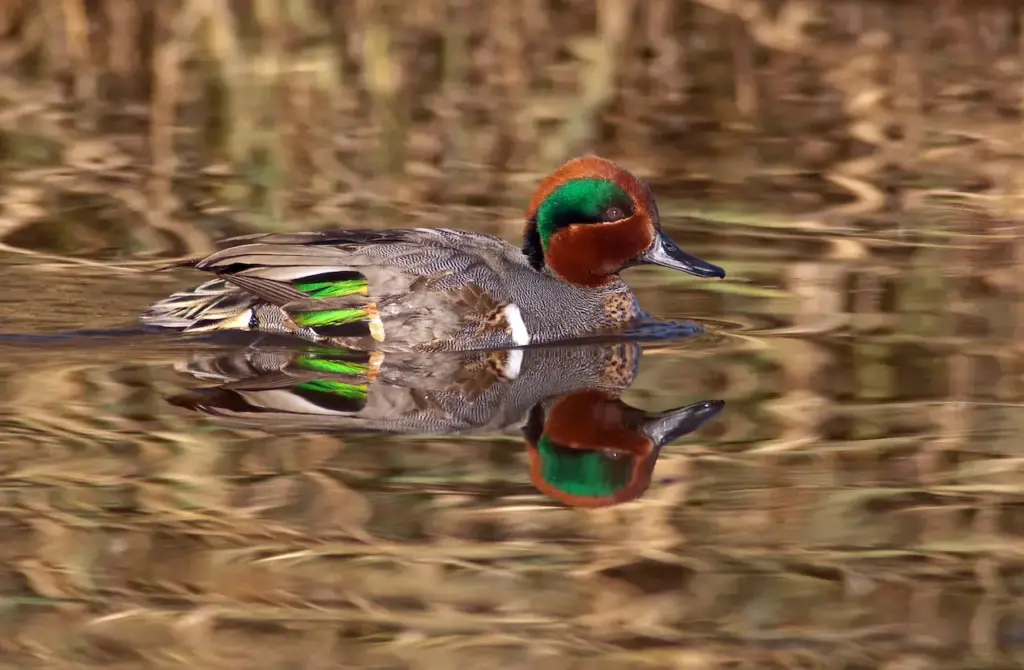
Feeding Ducks …
We all enjoy ducks and many of us offer them food to encourage them to come over and stay around – and it works! Who doesn’t like an easy meal!
However, the foods that we traditionally feed them at local ponds are utterly unsuitable for them and are likely to cause health problems down the road. Also, there may be local laws against feeding this species of bird – so it’s best to check on that rather than facing consequences at a later stage.
- Foods that can be fed to Ducks, Geese and Swans to survive cold winters and remain healthy when food is scarce in their environment.
Please note that feeding ducks and geese makes them dependent on humans for food, which can result in starvation and possibly death when those feedings stop. If you decide to feed them, please limit the quantity to make sure that they maintain their natural ability to forage for food themselves – providing, of course, that natural food sources are available.
Species Research by Sibylle Johnson
Please Note: The articles or images on this page are the sole property of the authors or photographers. Please contact them directly with respect to any copyright or licensing questions. Thank you.

